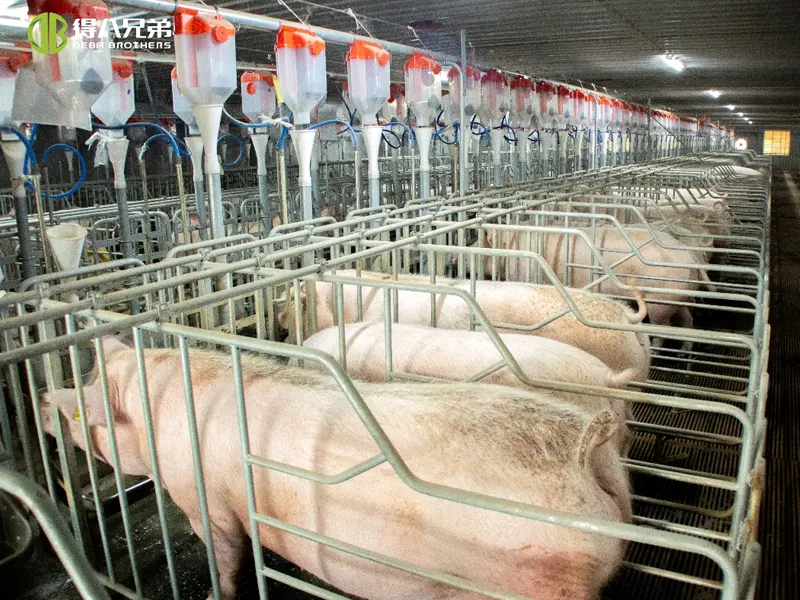Why do farmers keep pigs in stalls?
2023-12-07
Farmers keep pigs in stalls or individual pens for several reasons, which can vary based on farming practices, management systems, and the specific needs of the animals. Here are some reasons why farmers use stalls for pigs:
1. Controlled Feeding and Nutrition: Stalls allow farmers to control and monitor the individual feeding of pigs, ensuring they receive proper nutrition and specific diets according to their age, weight, and health requirements. This helps in managing the growth and health of each pig effectively.
2. Health Monitoring and Disease Prevention: Individual stalls enable farmers to closely observe each pig's health status, behavior, and eating habits. It allows for early detection of any signs of illness, injury, or disease, facilitating prompt intervention and preventing the spread of illnesses within the herd.
3. Reduced Aggression and Competition: In group housing systems, dominant pigs might monopolize food and resources, leading to stress, aggression, and unequal access to feed. Stalls minimize competition for food and space, reducing stress levels among pigs and preventing injuries due to fighting.
4. Better Reproductive Management: Stalls provide a controlled environment for breeding and gestating sows. Individual housing during gestation allows for better monitoring of the sow's health, nutrition, and reproductive cycle, which can contribute to improved piglet health and production.

5. Improved Record-Keeping: Keeping pigs in stalls allows for accurate record-keeping of individual animals, including health history, weight gain, vaccinations, and other important data. This information is valuable for tracking performance, breeding programs, and overall herd management.
6. Efficient Waste Management: Stalls or individual pens facilitate waste management practices, making it easier to collect manure and maintain hygiene within the housing area. This helps in minimizing odor and managing waste disposal effectively.
7. Animal Welfare Considerations: While there can be debates on housing systems, some argue that well-designed and properly managed stalls can provide pigs with a clean, comfortable, and stress-free environment, meeting their individual needs for rest, food, and protection.
It's important to note that there are different housing systems for pigs, including stalls, group pens, outdoor systems, and combinations of these. Farming practices may vary based on factors such as geographical location, regulations, farm size, economic considerations, and animal welfare standards. Additionally, there are ongoing discussions and efforts within the farming community to find housing systems that balance animal welfare with production efficiency and sustainability.


